Under Construction
Due to our other various commitments, this will page will be updated and finalized as the time to work on it becomes available, we apologize for not having the background information on the Argyle Ribbon Project fully completed at this time.
Please bear with us as we bring this document up to our preferred standard of quality and refinement.

The Three Sisters
– Corn, Beans, Squash
– An example of Indigenous ways of agriculture and community
– Grown together and work in harmony to help each other grow and were viewed as life
supporting plants to support communities

Four Sacred Medicines
– Tobacco, Cedar, Sage, Sweetgrass
– Tobacco is the first plant that creation gave to the Anishinaabe. With the three other plants, sage, cedar and sweetgrass, they are referred to as the four sacred medicines. All of them can be used in everyday life, to smudge with, and in ceremonies.
– It is said that tobacco sits in the
eastern door, sweetgrass in the southern door, sage in the west, and cedar in the north.




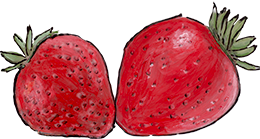
Strawberry Teaching – Heart Berry
– Known as the Heart of the Earth or Heart Berry
– The heart berry helps us understand the connection between the mind, body, spirit, and emotions. We need our heart to guide us in order to maintain personal balance.
– Strawberries are an important food and medicine to many nations
– The strawberry, the only fruit with its seeds on the surface, is to remind us that humans are the seeds of Mother Earth as we walk upon her. The strawberry symbolically represents Mother Earth, as a part of our ‘Original Instructions’ to honour our sacred food. This serves as a reminder of the connection between Sacred Earth and Sacred Self.

Rainbow Darter
–

Pottersberg Creek Crustaceans
–

Wampum Belt
– Beadwork example of the treaty between the Haudenashanee and the Dutch people in the area.

Argyle Business Improvement Association (BIA)
– The Argyle BIA was founded in 2011.
– The logo, though it has had a few iterations, has always incorporated the argyle pattern. The teal used here is the colour used in the current logo’s design.


Under Construction
–

Under Construction
–

Under Construction
–

Under Construction
–


Under Construction
–

The Historic Clark House
–

Under Construction
–


Mildred Barons Public School
Located on Kathleen Street north of Dundas, the original school was built about 1913, and named SS#23. It was later renamed Argyle Park School and served the area just outside the eastern limits of London. With annexation in the early 1960’s it was renamed Midred B.Barons School, after a long serving teacher. The school closed in June 1971 and was later demolished. This picture shows the school under renovation for some much needed upgrades and addtional classrooms.
September 1, 1947
London Free Press Microfiche Collection, Central Branch, London Public Library

Under Construction
–
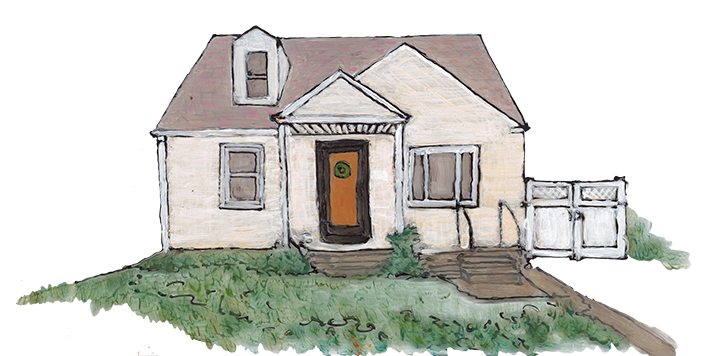
Under Construction
–
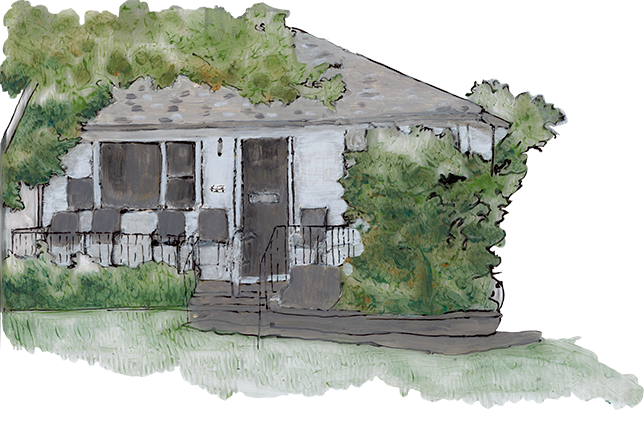
Under Construction
–

Glass Bros & Co.
– This was a factory located about where Russel Metals is currently (Hale St and Dundas)
– During the late 1800s this area was still not considered a part of the township of London. The London Crockery Mfg, also known as Glass Brothers & Co. spearheaded the settlement of the area.
The quality of the goods produced by the pottery company was “highly praised by experts and dealers.” The hamlet of “Pottersburg,” which developed around the factory, received its name from the pottery company.
– Unfortunately, in 1897 the factory was taken by a significant fire. The workers of the factory had built a post office and blacksmith shop by this time.
– Pottersburg was annexed by the city of London in 1912.
If you’d like to see more interesting primary documents and information about this factory, please check out this website.


Under Construction
–

Under Construction
–

Hugh Burnett
– Hugh called the Argyle area his home after he relocated from Dresden Ontario to Beatrice St. He was a carpenter by trade but is known for waging a campaign for racial equality and social justice. Their efforts led to the passage of Ontario’s Fair Employment Practices Act (1951) and Fair Accommodation Practices Act (1954), and laid the groundwork for subsequent human rights legislation in Ontario and across Canada.


Pay Equity Act
– The purpose of this Act is to achieve pay equity through proactive means by redressing the systemic gender-based discrimination in the compensation practices and systems of employers that is experienced by employees who occupy positions in predominantly female job classes so that they receive equal compensation for work of equal value, while taking into account the diverse needs of employers, and then to maintain pay equity through proactive means.

Under Construction
–

Under Construction
–

Under Construction
–

Under Construction
–

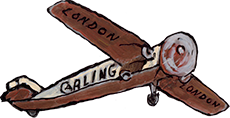
London-to-London Flight
–



Under Construction
–

Under Construction
–


Under Construction
–

Under Construction
–

Under Construction
–

Under Construction
–

Under Construction
–

Under Construction
–

Under Construction
–

Oscar Judd “Leftie”
– An inductee into the Canadian Baseball Hall of Fame who played in the National League lived in the former village of Rebecca before it was taken over by the London Airport expansion.

Under Construction
–

Under Construction
–

Under Construction
–

Under Construction
–

Wing 427
– located on Crumlin Side Road, this was the training ground for the Royal Canadian Air Force for World War II.
– Now a heritage building, and believed the last one of its kind still in use, it’s an aviation museum.

Clarke Road Secondary School (CRSS)
– CRSS’s mascot is a Trojan. This particular image references a metal work piece made by a CRSS student on display at the highschool presently.



Under Construction
–
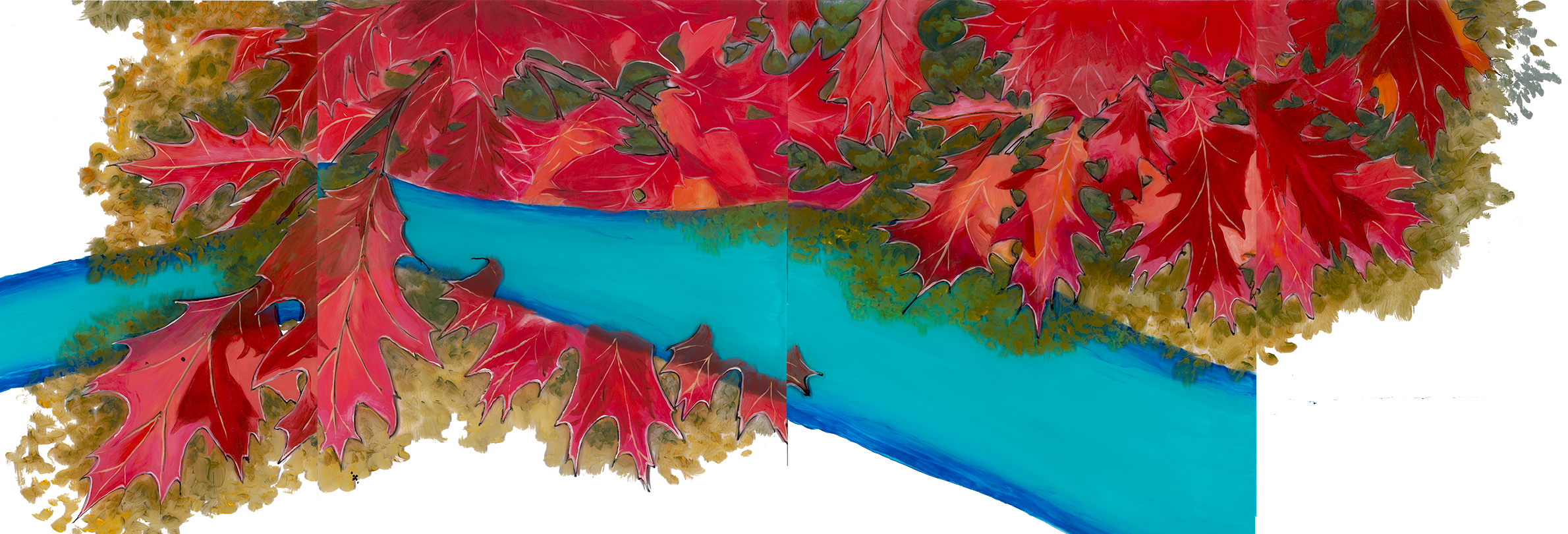
Under Construction
–
Special Thanks to:


For their generosity and support
(Mildred Barons) Info Source: London Township A Rich Heritage 1796-1997, Volume 1
